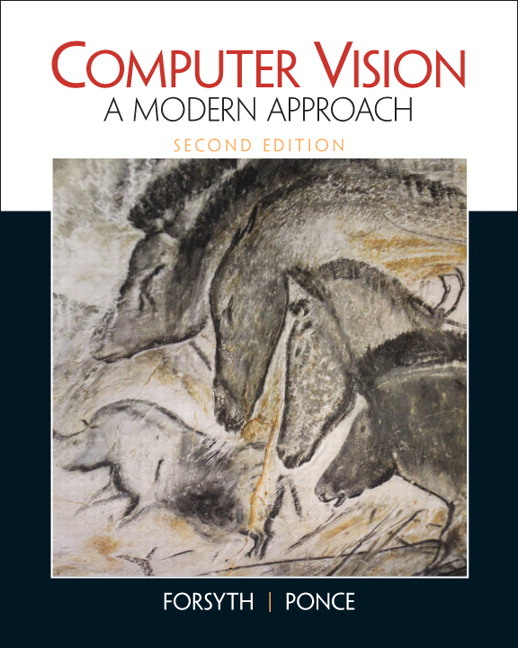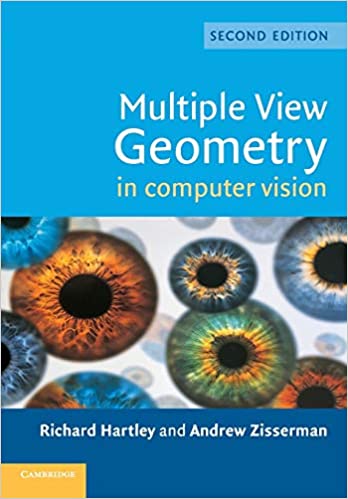E1 216: Computer Vision
2024 Edition
Course Outline :
Of all the human senses, vision is the richest in content and perhaps the hardest to formalise in a rigorous manner. As a discipline, Computer Vision covers a wide variety of methods for interpretation and analysis of visual data using a computer. In this course we will present a broad, introductory survey of the field. The objective of the course is to develop a familiarity with the approaches to modelling and solving problems in computer vision. Mathematical modelling and algorithmic solutions for vision tasks will be emphasised.We shall endeavour to cover the following topics:
- Camera Geometry
- Radiometry and Applications
- Image Features
- Robustness
- Geometric Transformations
- Image Segmentation
- Object Detection + Recognition
- Learning in Computer Vision
- Stereo and Depth Cameras
- Camera Calibration
- Geometry of Two Cameras
- The Shape of the World: Large-scale 3D Reconstruction
- Optical Flow
- Ethics in Computer Vision
Course Textbooks




There is no prescribed textbook for the course. We will use material from these books and a number of other sources.
-
Computer Vision : A Modern Approach by David Forsyth and Jean Ponce, Pearson India, 2015.
We will use some chapters from this book. - Computer Vision : Algorithms and Applications by Richard Szeliski. Draft 2nd Edition.
-
Computer Vision: Models, Learning, and Inference by Simon J D Prince, 2012.
Interesting volume using a unified language of probability. Some lectures will draw from this book. -
Multiple View Geometry in Computer Vision
by R. Hartley and A. Zisserman, Second Edition, Cambridge University Press, 2004.
We will use the sample chapters available online.